How do dolphins sleep? Let's find out together!
There are many theories on how do dolphins sleep. Back in the 70s, it was "Dolphins sleep with one eye open so they can keep an eye out for sharks". No, we're not making this up – it's a real phenomenon that was discovered half a century ago. And, while this isn't as simple as making sure sharks or other predators don't corner them, the fact that they sleep with one eye open is very much true.
Unlike other mammals who may sleep peacefully for hours on end, dolphins can't. They can't control their breath subconsciously, they can't doze off completely, and it really isn't hard for them to return to a state of vigilance in an instant. Is this due to the fact that they are highly intelligent animals who are aware of their surroundings and the potential dangers that lurk in the ocean? Who knows. Let's find out!
Add a header to begin generating the table of contents
Unlike humans and many other mammals for that matter, dolphins don't have the luxury of REM sleep. Instead, they experience something called a "unihemispheric slow-wave sleep," where only half their brain sleeps at a time. The other half remains alert, keeping an eye out for predators and other dangers, as they have to be constantly on the lookout for predators, so this type of sleep helps them stay safe while they rest.
Since their brain is kind of similar to ours, it shouldn't come as a surprise that if a dolphin "shuts off" the right side of the brain, its left eye remains open. And if the left side of the dolphin's brain is "turned off," then the right eye stays open. Dolphins usually cycle between their hemispheres every two hours or so, and this pattern is called cat-napping.
But, this is not just due to predators. Dolphins also don't have the ability to breathe naturally as we do, so they have to be conscious to remember to surface and take a breath. If they were to fall into a deep sleep as humans do, they would simply forget to breathe and would eventually die.
So, no, dolphins are not unconscious when they sleep since only half of their brain is asleep at a time, so they can still be aware of their surroundings and react accordingly.
As we've said previously, dolphins can't sleep the same way humans do because they have to be constantly aware of their surroundings.
Additionally, they can't control their breath subconsciously, so they have to be conscious in order to remember to surface and take a breath. But, what about how they actually sleep? Do they rest on a reef near the surface? Do they float?
Well, there are two distinct methods.
As you can probably tell by the name, sleep logging is when a dolphin looks like it's floating on the surface of the water, almost like a log. This is a deeper form of sleep that dolphins enter, often at night.
Another way that dolphins sleep is by swimming slowly next to another animal. This is called echelon swimming.
When dolphins do this, they are usually mother dolphins with their calves. The mother dolphin will tow the calf along in her slipstream while she eats, rests, and sleeps. This is because the dolphin calves cannot stop swimming for a few weeks after they are born. If they did, they would sink because they don't have enough body fat to keep them afloat.
Dolphins are known to be diurnal animals, meaning they are active during the day and sleep at night. However, this isn't set in stone, as dolphins have been known to be active at night on occasion. However, dolphins generally sleep at night, but not in a way you might think they do, or for as long as you'd think they do.
As we've previously mentioned, dolphins can't enter into a deep sleep as humans do. Instead, only one brain hemisphere sleeps (unihemispheric sleep) while the other one's alert, allowing them to breathe, watch out for danger, but also – eat.
During the night, dolphins will often swim slowly near the surface, munching on small fish or squid. As for how long they sleep, it's estimated that a bottlenose dolphins sleep for around 8 hours a day, but this can vary depending on the dolphin's age, health, and activity level.
Not really. Here's why.
Dolphins and other marine mammals cannot breathe underwater. They must come to the surface to breathe through their blowholes.
So, technically, they can't drown because they won't inhale water.
However, they can suffocate if they are unable to reach the surface to breathe.
This often happens when they are caught in fishing nets. If they are unable to reach the surface, they may panic and dive deeper, where they will be unable to breathe and suffocate.
But, what do they actually do to avoid drowning?
Dolphins and other marine mammals have to be aware of their blowhole position at all times to avoid drowning.
It is critical for dolphins to maintain control of their blowhole in order to avoid drowning during sleep. The blowhole is a flap of skin that is believed to open and close under the voluntary control of the animal. Although there is still debate, most researchers believe that a dolphin or whale must be conscious and aware in order to understand that its blowhole has emerged from the water in order to breathe.
Marine mammals, like whales and dolphins, have lungs that are larger than other types of mammals. This helps them to take in more air with each breath. Their red blood cells also carry more oxygen, which helps them when diving, where their blood travels only to the parts of the body that need oxygen–the heart, the brain and the swimming muscles.
Finally, these animals can handle higher levels of carbon dioxide (CO2). Their brains don't tell them to breathe until the levels of CO2 are much higher than what, we, for example, could ever handle. These mechanisms, part of the marine mammal diving response, help them when they sleep, by allowing them to take fewer breaths while resting, making it less probable for them to suffocate to death.
Generally speaking, a bottlenose dolphin will sleep for around 8 hours a day or around 30% of the day. As we've mentioned previously, they will switch from one half to the other, so they will basically get four hours of sleep per side, so you could argue that they actually don't get a full eight hours of sleep.
Yes, they do.
Adult male dolphins often swim in pairs. They will line up side by side and sleep while swimming slowly in the same direction.
The purpose of this marine mammal system or behaviour is not fully known, but it's believed that it may offer some protection against predators or allow them to keep an eye out for danger.
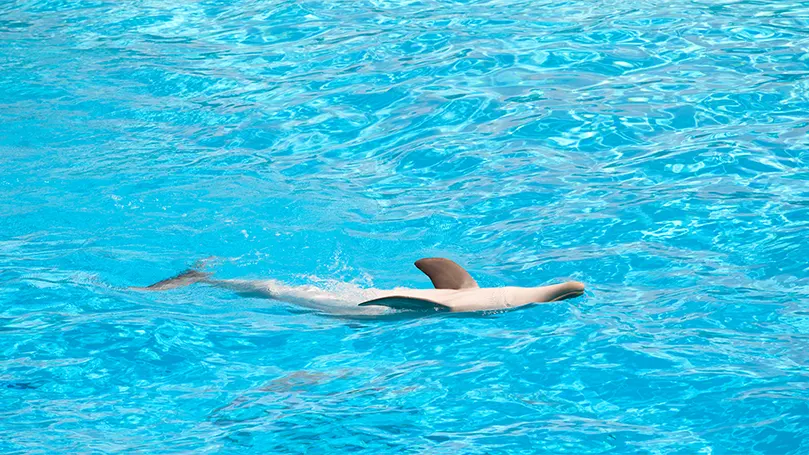
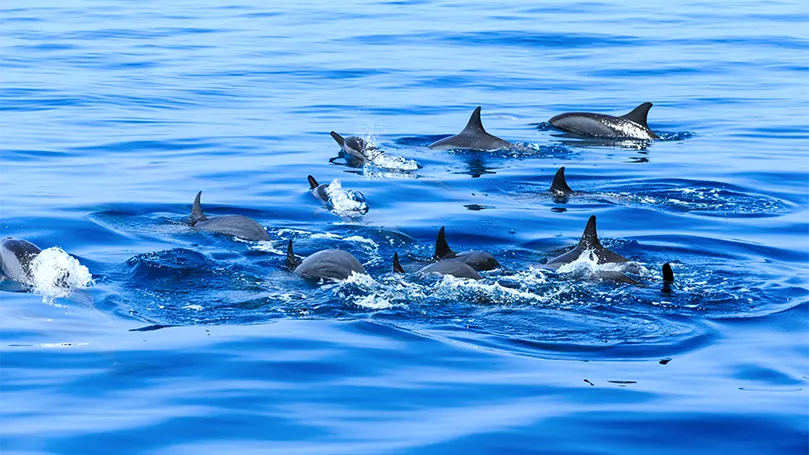
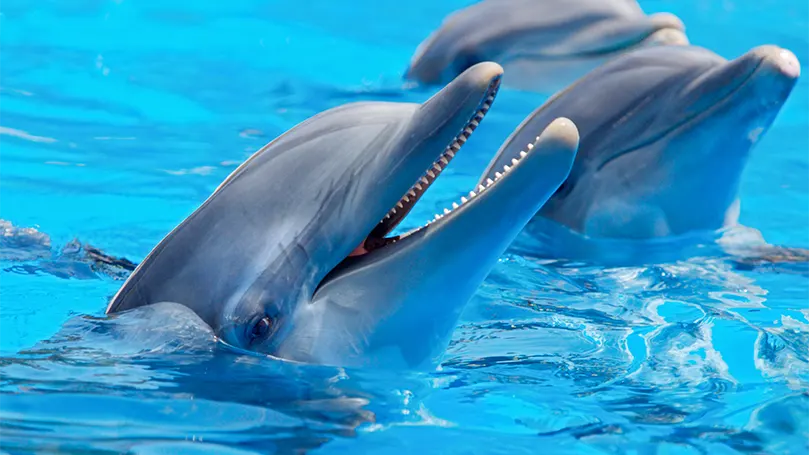
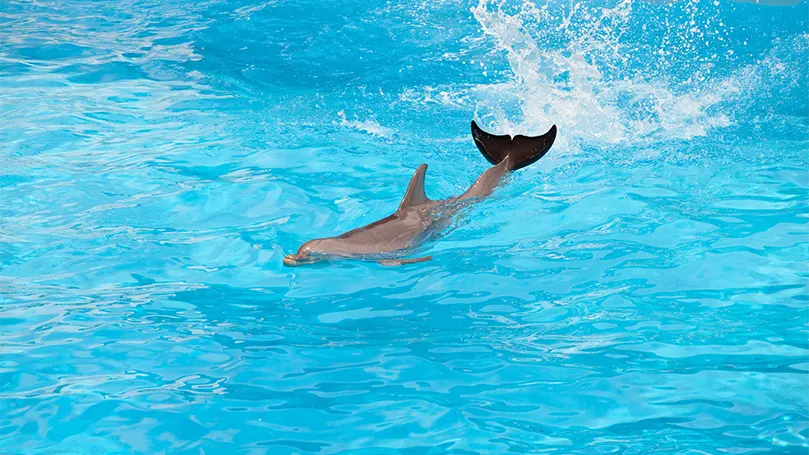
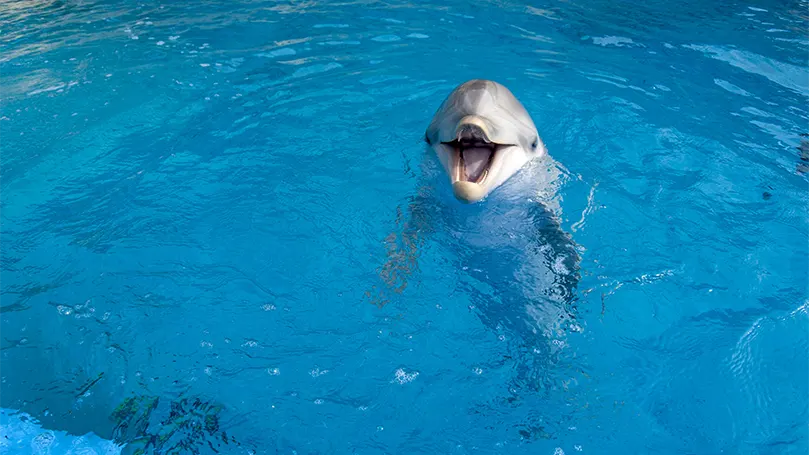
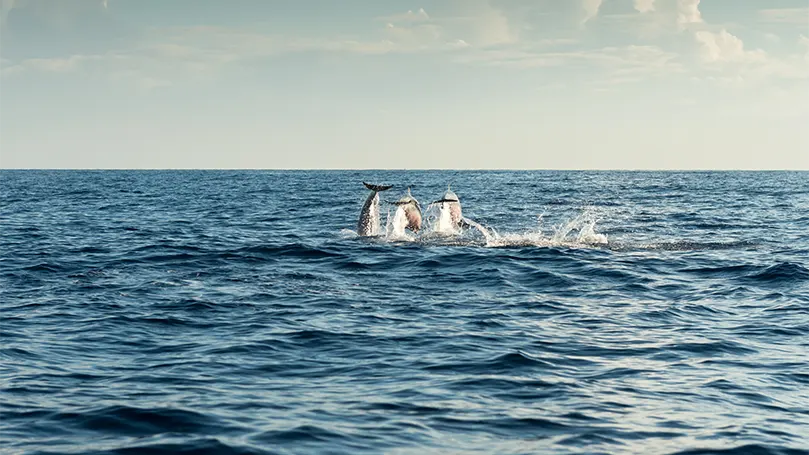
Post a Comment for "Sleep Behaviour Sleep in Continuously Active Dolphins Activity and Sleep in Dolphins Reply"